I'm trying to derive the overall state-space system model for a hybrid system, in order to plot its eigenvalues.
The system is shown as follows:
Which is originally from this paper: Modeling and Sensitivity Study of Consensus Algorithm-Based Distributed Hierarchical Control for DC Microgrids.
The blue part is a discrete algorithm with sampling time of 0.1s. The red part is the control system in discrete-time with sampling time of 1e-4s. And the green part is the plant model which represents a DC microgrid with buck converters and loads, in continuous-time.
As described in this paper, following is the procedure to find the overall system dynamics:
- Discretize the plant model using zero-order-hold (ZOH) method with the same sampling time of control system (1e-4s).
- Combine the model in step 1 and the control system model.
- Discretize the combined model in step 2 with the same sampling time of the algorithm (0.1 s).
- Finally, combine the model in step 3 with the algorithm model to get the overall system model.
The procedure is depicted as shown below:

The procedure seems to make sense, but the question is:
Is the final system model accurate, given that the plant model and the control system model are now combined with a discretized system with sampling time of 0.1 s, and the fact that we lose some information in between sampling instants?
- If yes, can you explain how to derive the system dynamics with different sampling times and time domains?
- If not, what is an alternative approach to find the overall system dynamics?
Sorry if I'm making a mistake, I'm new to control theory.
